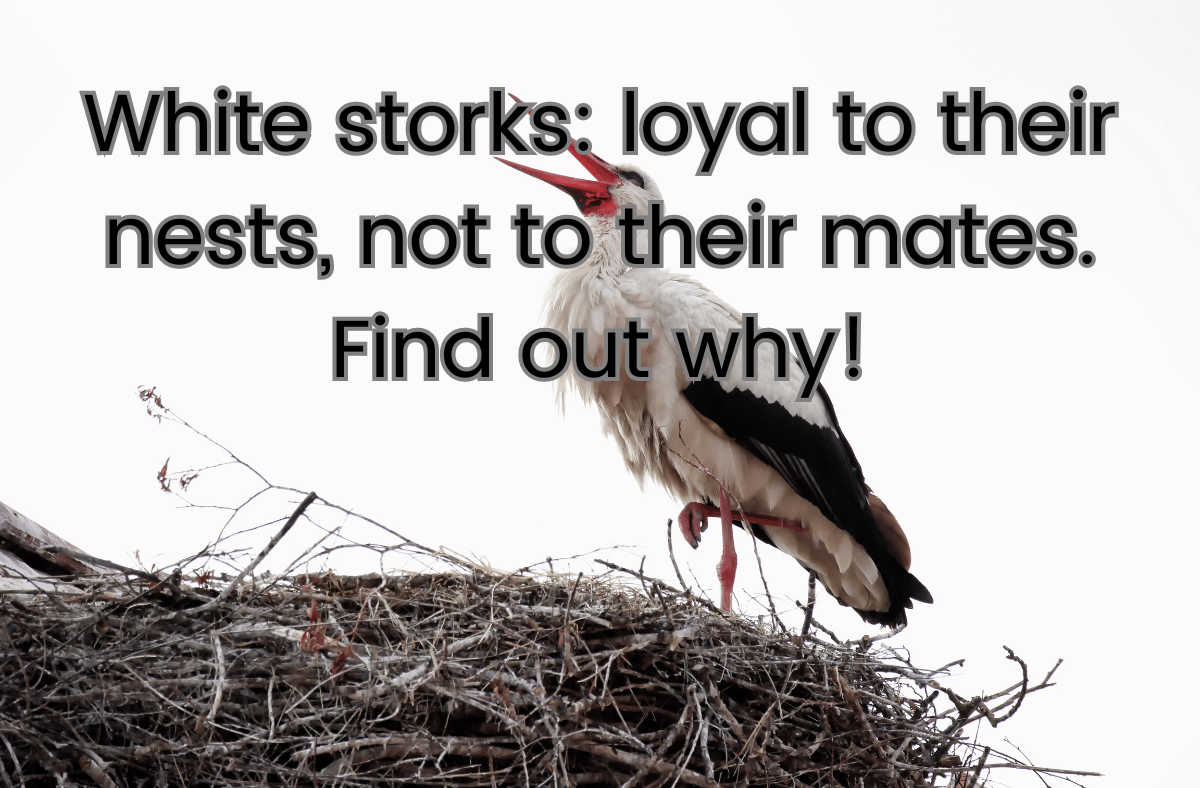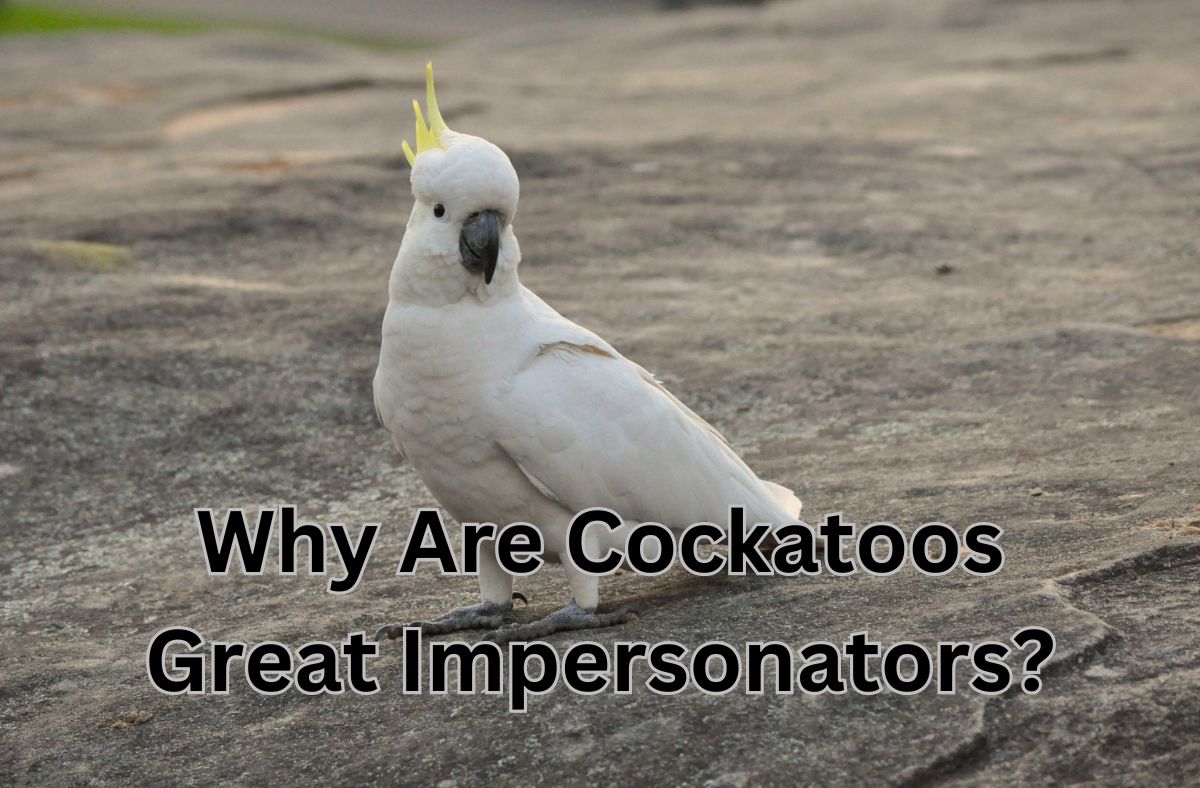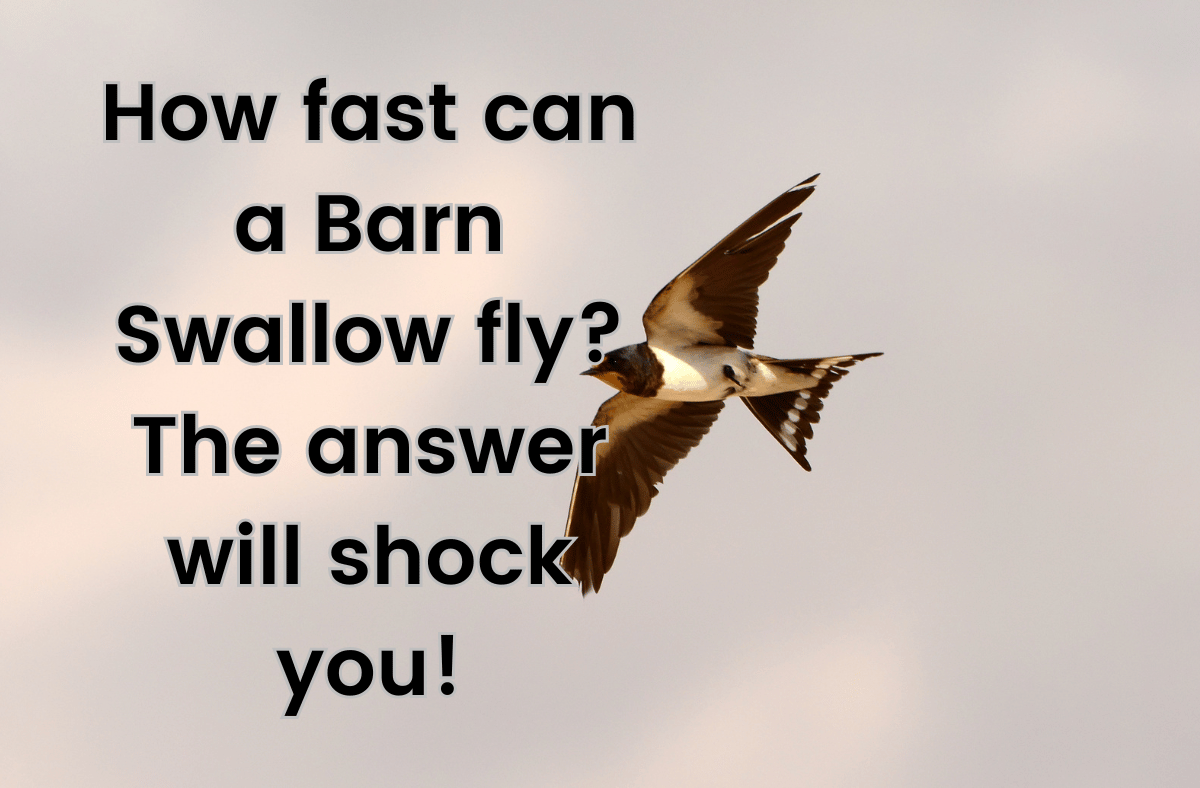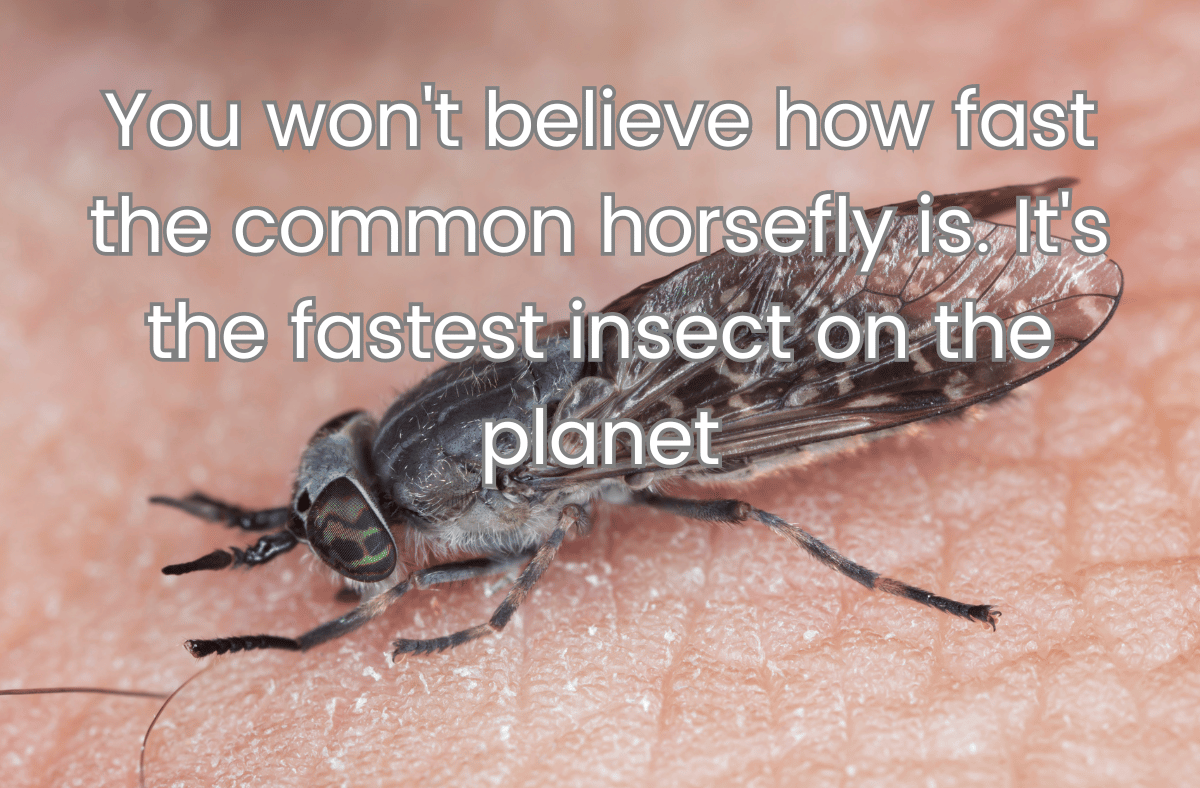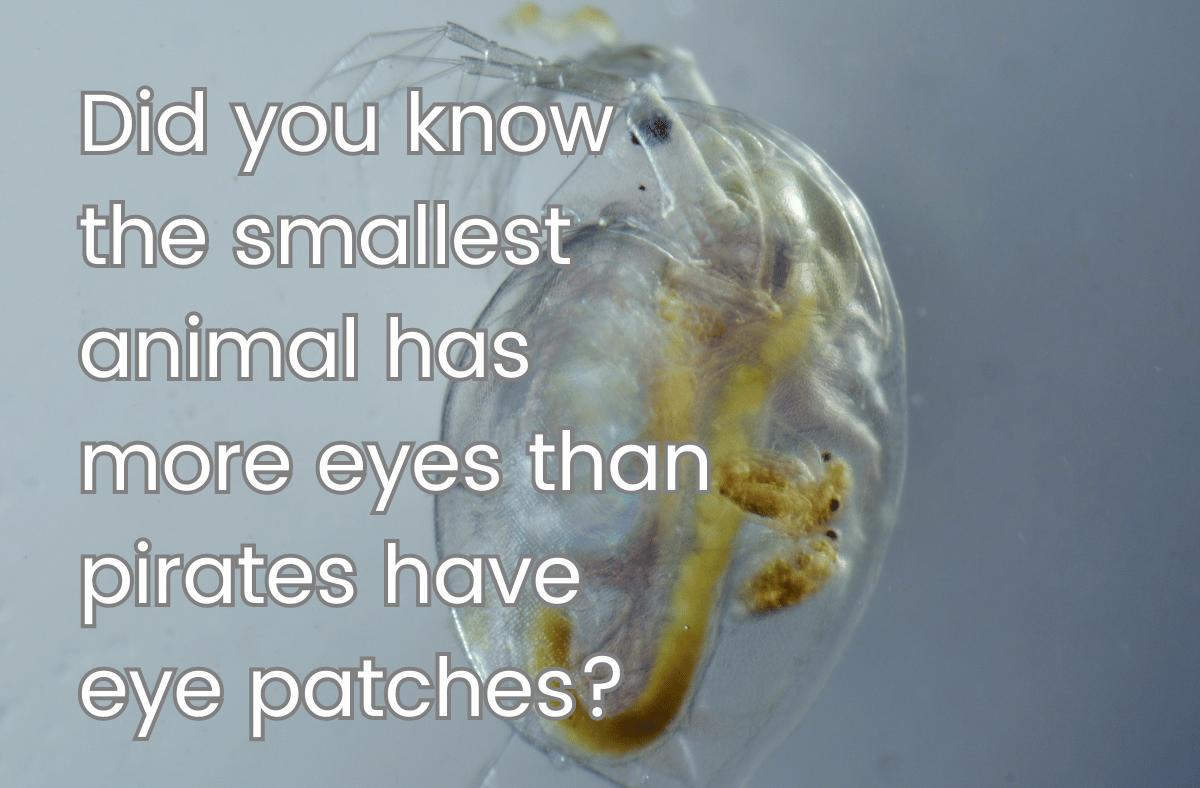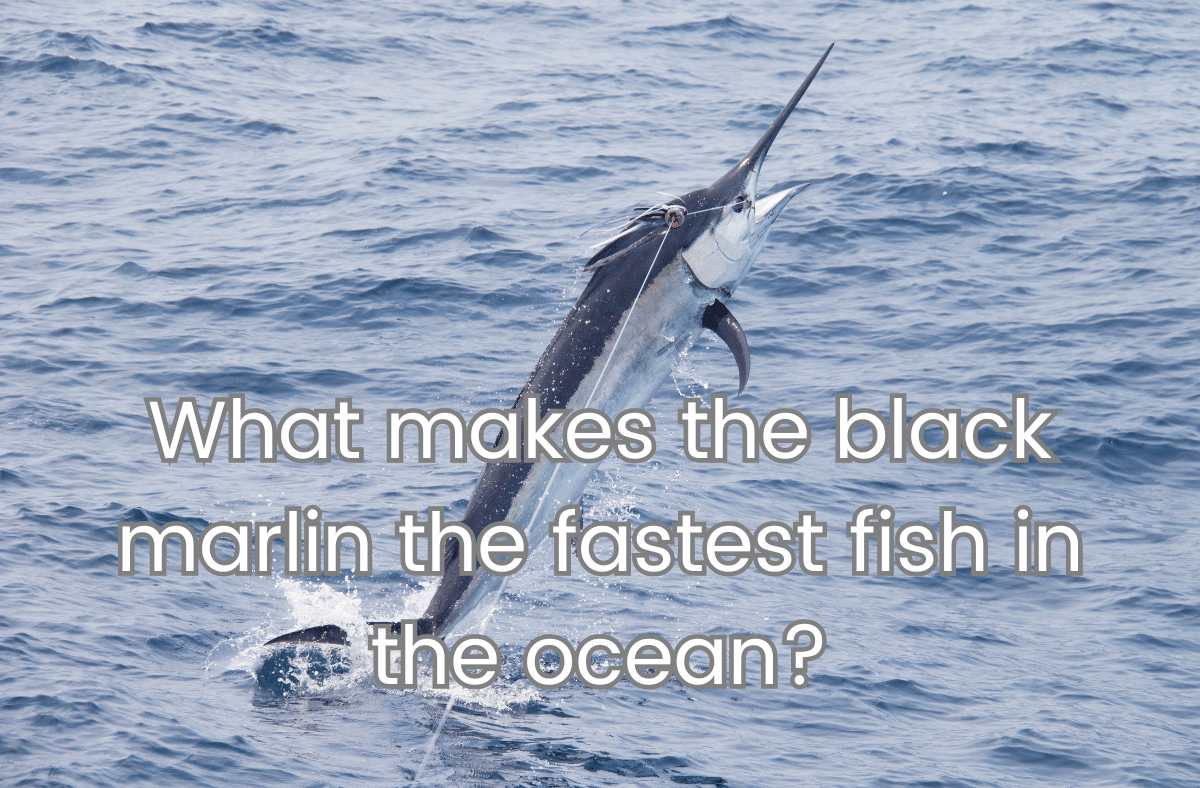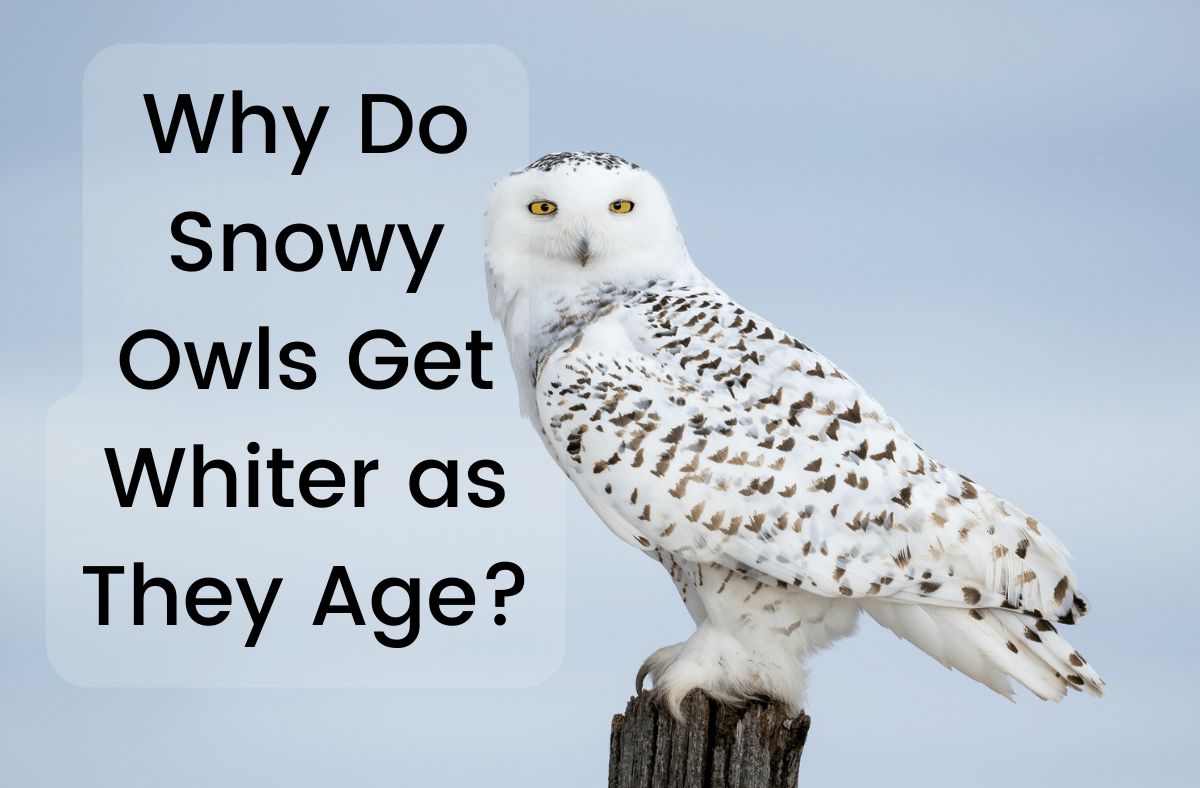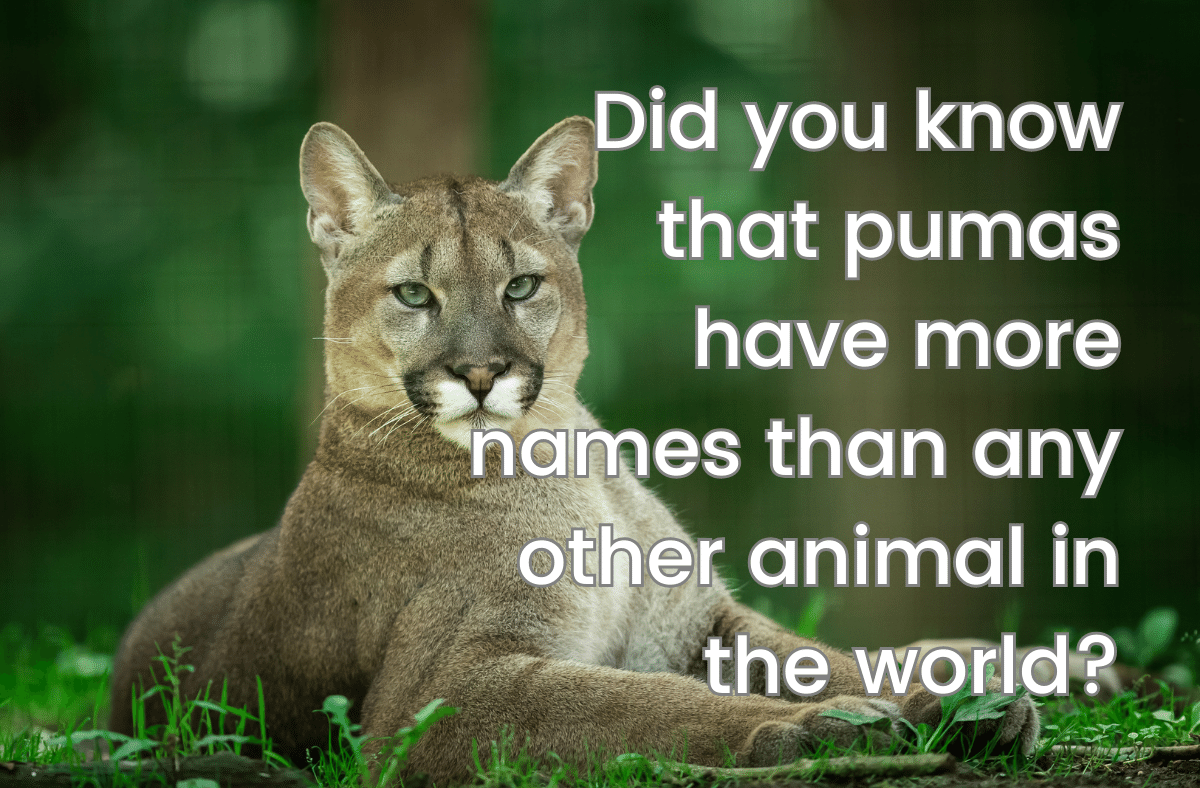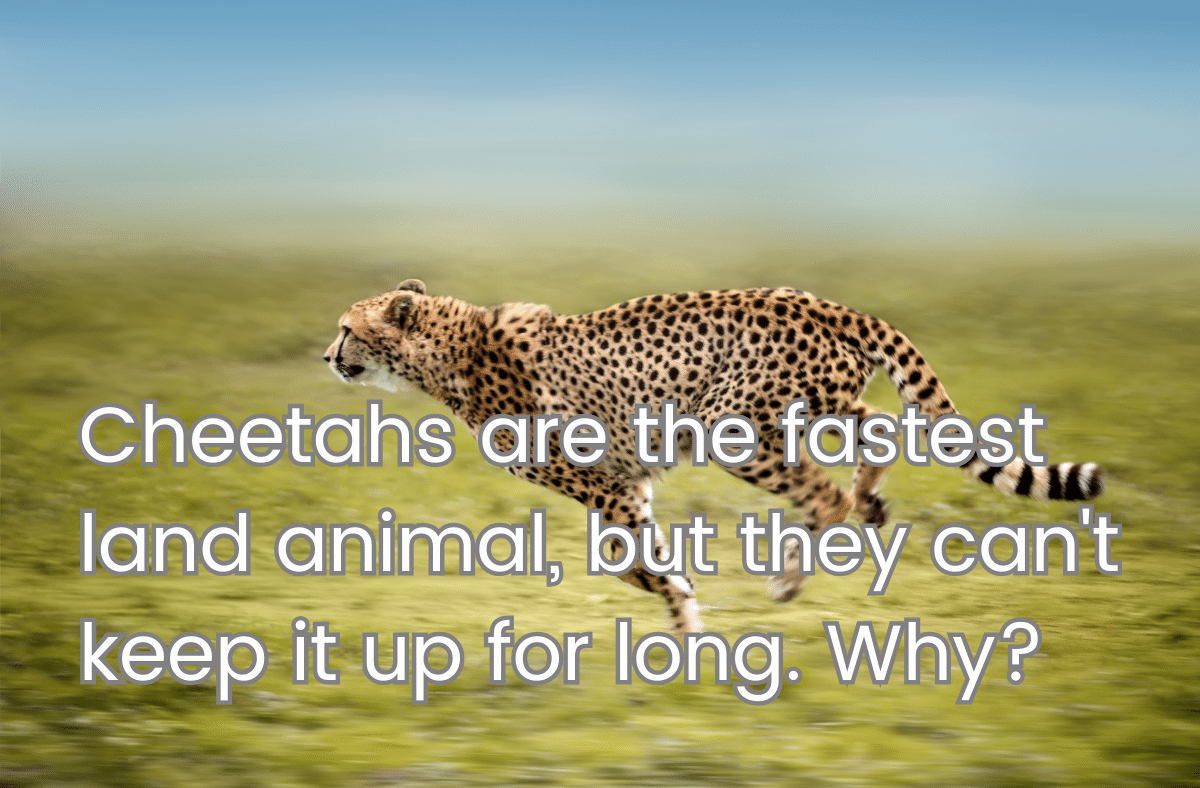For those in a hurry:
- White storks are large migratory birds that breed in Europe, Asia and Africa.
- They build large nests on roofs, chimneys, towers and trees, and often reuse them for years.
- They are not monogamous: they change partners every breeding season, but keep the same nest.
- They communicate with each other by clattering their bills and performing courtship displays.
- They feed on frogs, insects, rodents and other small animals, and sometimes scavenge on garbage dumps.
- They are considered a symbol of good luck, fertility and spring in many cultures.
White Storks: How They Build Their Nests
White storks are impressive birds that can reach up to 115 cm in height and 215 cm in wingspan. They have white plumage with black wingtips, a long red bill and red legs. They migrate between their breeding grounds in Europe, Asia and Africa, and their wintering areas in sub-Saharan Africa, India and the Middle East.
White storks build large nests made of sticks, grass, rags and other materials. They usually choose high places such as roofs, chimneys, towers and trees to place their nests. They often return to the same nest year after year, adding more material each time. Some nests can weigh up to 500 kg and last for decades. The nests provide shelter and protection for the storks and their chicks from predators and bad weather.
How They Choose Their Mates
White storks are not monogamous: they change partners every breeding season, but keep the same nest. They arrive at their breeding grounds in spring, and look for a suitable mate. They attract each other by clattering their bills and performing courtship displays such as bowing, preening and spreading their wings. They also exchange gifts such as sticks or food.
White storks usually lay four to five eggs in their nest, which they incubate for about 33 days. Both parents take turns to keep the eggs warm and feed the chicks. The chicks fledge after about two months, but stay with their parents for another month before leaving the nest. The parents then separate and migrate to different destinations.
White Storks: How They Find Their Food
White storks are carnivorous birds that feed on frogs, insects, rodents and other small animals. They hunt by walking slowly on the ground or in shallow water, and stabbing their prey with their sharp bill. They can also catch fish, snakes, lizards and birds. Sometimes they scavenge on garbage dumps or fields where they can find leftovers from human activities.
White storks have a special adaptation that helps them find food: they have no syrinx, the organ that produces sounds in most birds. This means that they cannot sing or call, but they can clatter their bills loudly. This sound serves as a way of communication between storks, but also as a way of detecting prey. When they clatter their bills, they create vibrations that travel through the ground or water and alert them of any movement nearby.

